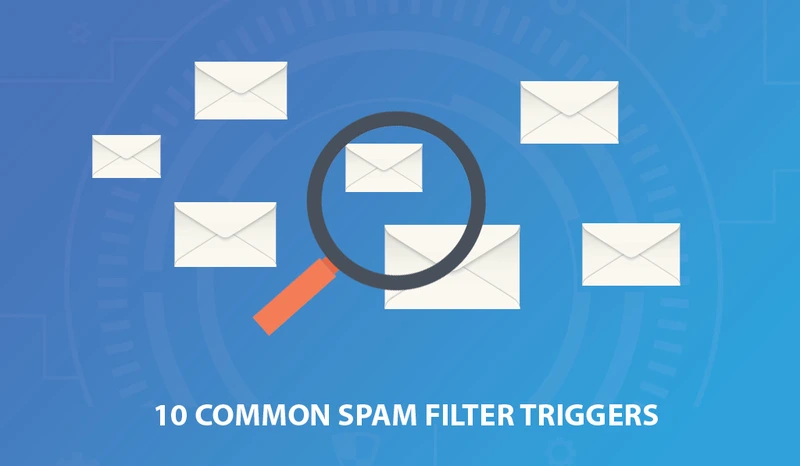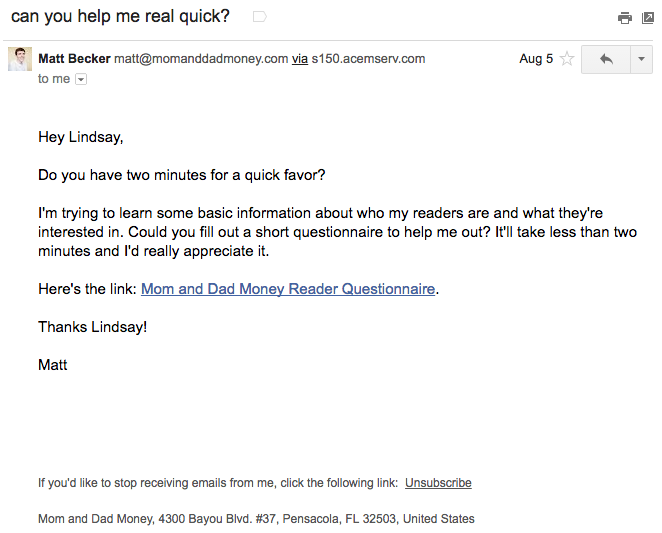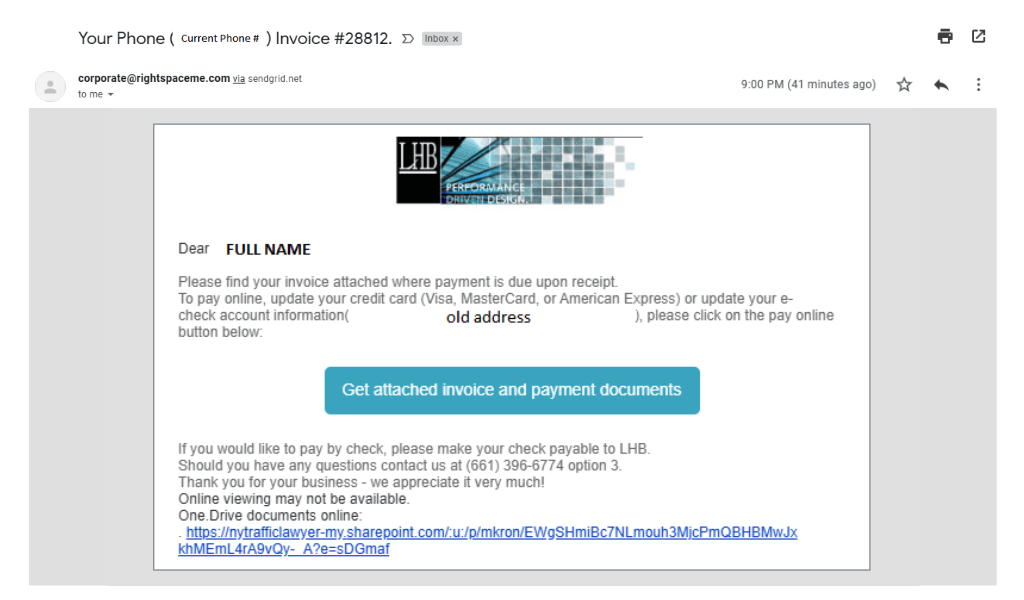● What are Email Spam Filters and How Do They Work?
● Why Are Your Emails Going To Spam? What Triggers Them?
● Why Are Your Emails Going To Spam? What Triggers Them?
1. Emails and domains are not properly authenticated
2. Missing sender information
3. Having a bad sender reputation
4. You are blacklisted
5. Working with a bad email list
6. Poor engagement rate
7. Using misleading subject lines (clickbait)
8. Using spam email filter triggering words
9. Suspicious or too many email attachments
10. Not following HTML best practices
11. Using link shorteners or open URLs
12. Getting too many complaints
13. Not having an unsubscribe option
14. Not getting permission to send
● How To Prevent Emails From Going To Spam?2. Missing sender information
3. Having a bad sender reputation
4. You are blacklisted
5. Working with a bad email list
6. Poor engagement rate
7. Using misleading subject lines (clickbait)
8. Using spam email filter triggering words
9. Suspicious or too many email attachments
10. Not following HTML best practices
11. Using link shorteners or open URLs
12. Getting too many complaints
13. Not having an unsubscribe option
14. Not getting permission to send





